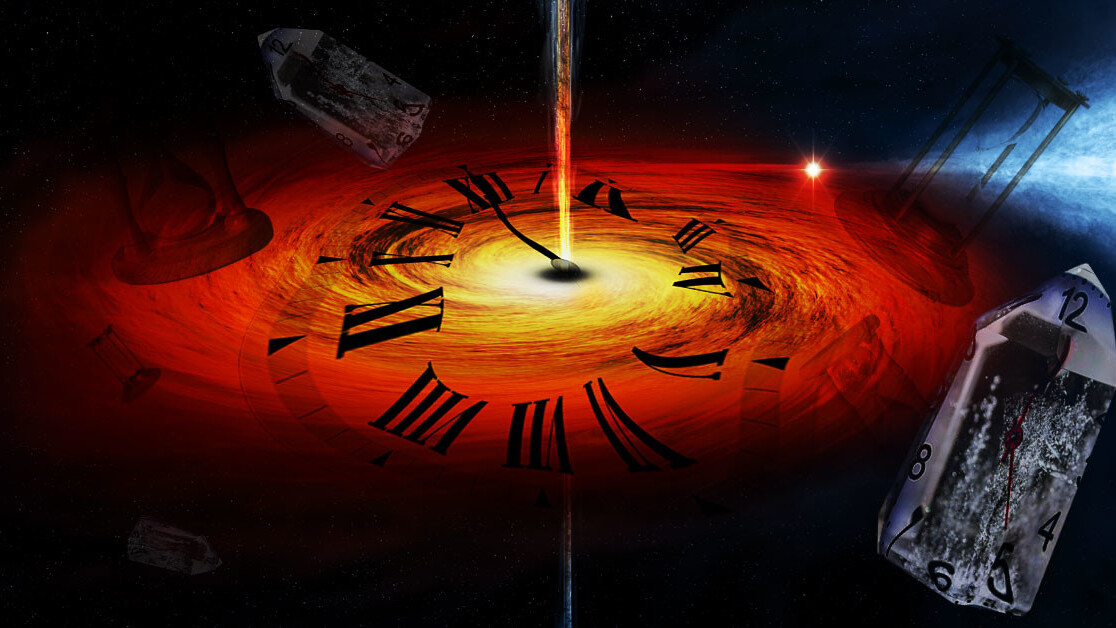
Physicists and researchers working in several laboratories are close to proving a theory that lays the groundwork for an advanced understanding of … well, everything.
The theory in question is quantum mechanics, a form of physics that relies on the movements of subatomic particles to explain the natural universe. Proving it has been one of the toughest nuts for scientists to crack.
In order to move it from the theoretical column into the canon of scientific fact, physicists must observe certain phenomena that have, until now, only been shown to exist on paper. Doing so would be quite the trick because, as the observer effect indicates, the act of simply looking at a quantum particle changes what it’s doing.
In order to get around this, physicists plan to snatch a particle of light out of thin air and levitate it between some lasers using a device invented in the 1970s called an optical tweezer.
The optical tweezer, or single-beam gradient force trap, works by exploiting the fact that light exerts pressure, in the form of radiation, on mass.
One way to think about it is to imagine a single particle of light is a basketball. Normally this particle moves so fast that, like a basketball being dribbled at super-speed, there’s no way to tell at any given moment if it’s moving up or down. In order to determine it’s position you’d have to take a snapshot, or a measurement.
Now imagine it could be both up and down at the same time. And that, by measuring it, you caused it to go from being up and down, to being up or down. This makes it almost impossible to observe the transition from both states to only one state.
In the theory of quantum mechanics, it’s postulated that particles can exist in two different states at the same time. But only for incredibly short moments. Imagine the basketball is both up and down for a nanosecond and then it’s either up or down. The moment this transition takes place is called quantum collapse.
Physicists hope to use optical tweezers to slow down particles by, basically, levitating them. This is called a ground state, and it’s necessary for the observation of quantum collapse according to a strategy put forth in 2013 by research teams led by Tongcang Li and Lu Ming Duan.
Once slowed, the particle will then be entangled with an atomically-flawed nanodiamond which is also levitating. Then, by a teleportation process called “superposition,” the physicists will be able to observe the particle in two different physical positions (namely, its North pole facing both up and down) simultaneously thanks to it being entangled.
Once the researchers achieve superposition, under these incredible conditions, they’ll be able to observe quantum collapse as the universe decides which way the particle’s pole is actually facing.
It all sounds a bit wacky, but the pervasive belief among physicists supports quantum mechanics. And observing quantum collapse would go a long way towards informing the next steps beyond the initial theories.
For a deeper dive into the Li-Duan experiments check out this article on The Conversation by Mishkat Bhattacharya and Nick Vamivakas.
Get the TNW newsletter
Get the most important tech news in your inbox each week.





